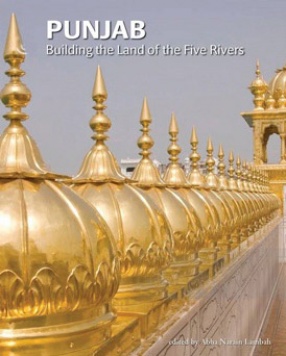The period of the Sultanates is typically defined as beginning with the Ghurid incursions into the plains of north India in the 1190s, and ending with the coming of the Mughals in 1526. Thirty-five sultans ruled from Delhi, and many more in the provinces, effecting the maturation of a style that progressed from an architecture of demolition and recycling to a mature synthesis of East and West, creating one of the finest moments of Islamic architectural history. The role of Delhi as the fountainhead of the Sultanate style is questioned in this volume. An exchange, moved from province to province. Past studies of the period have concentrated on Islamic political and material histories, implying that little non-Islamic textual or architectural evidence of note survives. This volume includes in-depth analyses of the architecture of the Suri dynasty Delhi under the Tughluqs, Sindh, Narnaul, Jaunpur, Gujarat, Malwa, Bengal, and the Charminar in Hyderabad as a culmination of regionally based architectural traditions.
The Architecture of the Indian Sultanates
In stock
Free & Quick Delivery Worldwide
Bibliographic information
Title
The Architecture of the Indian Sultanates
Author
Edition
1st ed.
Publisher
ISBN
8185026750
Length
116p., Plates; Figures; 32cm.
Subjects








There are no reviews yet.